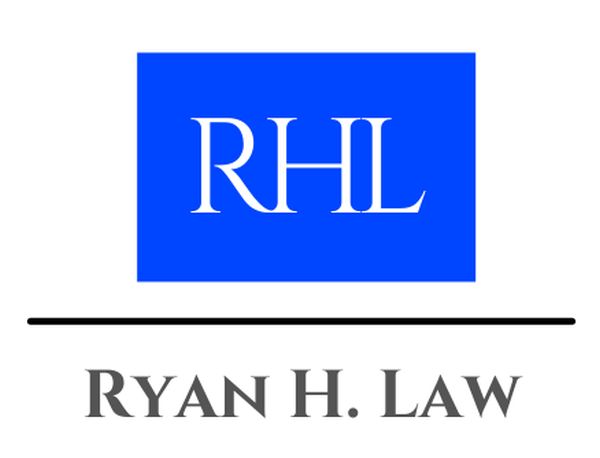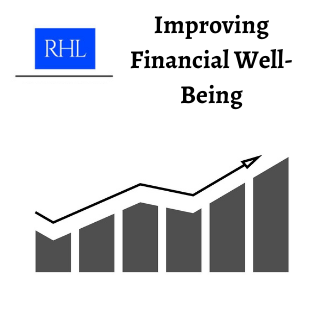by Ryan H. Law
In the first article in this two-part series I shared how to measure financial well-being using the CFPB Financial Well-Being Scale. Be sure to read that article before reading this one.
Financial Well-Being, as measured by the CFPB and as defined by groups of consumers, means that individuals and families.
- Have control over day-to-day, month-to-month finances
- Have the capacity to absorb a financial shock
- Are on track to meet their financial goals
- Have the financial freedom to make the choices that allow them to enjoy life
Anything that improves any aspect of those four items is a step in the right direction. For example, increasing your emergency fund increases your capacity to absorb a financial shock, and therefore improves your financial well-being.

In conjunction with the Financial Well-Being Scale, the CFPB has published a list of 25 Ways to Improve Financial Well-Being.
Here are some of the key ways that you can share with clients:
- Understand where your money goes
- Use a budget or spending tracker
- Write down due dates for bills on the calendar
- Save for emergencies
- Make saving automatic
- Use tax refunds to help meet goals
- Reduce debt
- Know what you owe
- Choose a debt reduction strategy
- Learn about student loan repayment plans
- Create better money habits
- Check credit report annually
- Get at least 3 quotes for loans
- Plan for success
- Set financial goals
- Make saving consistent
- Make a plan for large purchases
ACTION STEP:
- Choose one way that you can start to improve your personal financial well-being and share it with your clients who are working on it as well.
I’ll start with sharing mine: I am accelerating the payoff of a vehicle loan so we will not have any debt except our mortgage. Paying off that debt will increase my personal and family financial well-being.

All images in this post are licensed by Ingram Image – Stock Photo Secrets (AFF).
You can read the full list from the CFPB here.


Leave a Reply